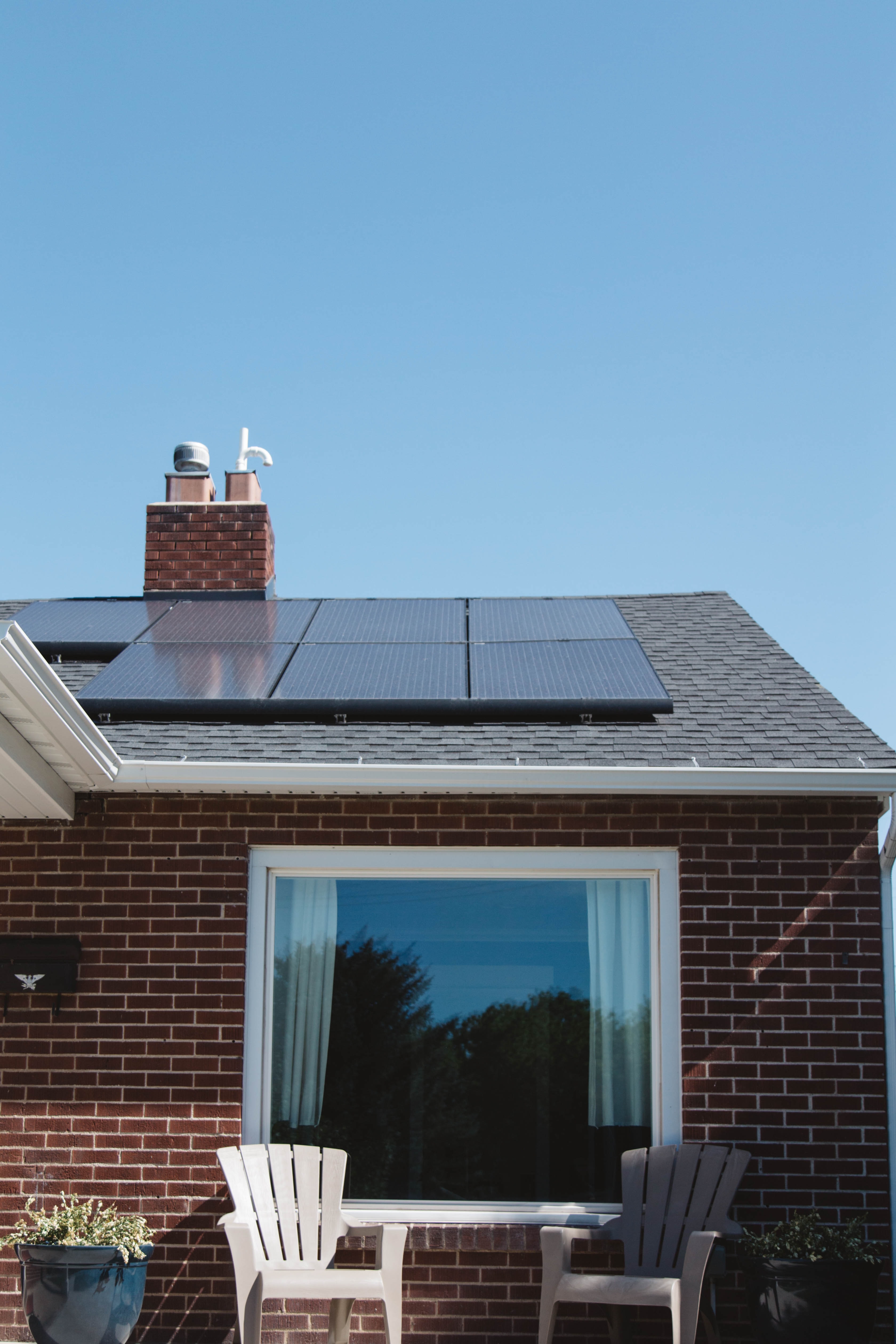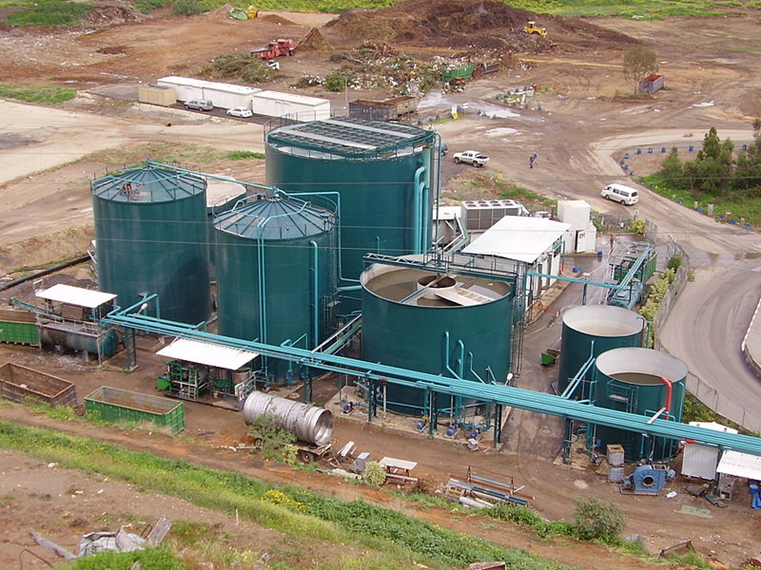Home
A guide to renewable energy
About renewable energy
Find out more about different types of renewable energy in our short videos. On the next page, we have a guide to show how different technologies look.
Electricity
Heating
Heating and electricity
Energy saving
Visual guide to types of renewable technology
Solar panels:
Ground mounted solar panels, also know as a solar farm, looks like this:

Photo credit: Gabriel via Unsplash
Roof mounted solar panels look like this:

Photo credit: Vivint Solar via Unsplash
Wind turbines
Wind turbines can be different sizes and the height of the turbine will affect how much electricity it can produce. Larger turbines have a greater visual impact, but also substantially greater output than smaller turbines. An 80 meter (3 megawatt) turbine would typically generate 270 times as much electricity as a 15 meter tall (10 kilowatt) turbine.

Photo from CSE Neighbourhood Planning Guidance
Micro hydro power
Dependent on a reliable flow of water and a fall of water to generate the momentum to spin a turbine. This image shows a weir where turbines could be installed to generate electricity from the falling water.

Photo credit: Bristol Energy Cooperative
Energy battery storage

Anaerobic digestion
Generated heat by breaking down biodegradable material (typically a mix of farm slurry, factory waste and food waste) to produce biogas, which can be used to generate electricity and/or heat. Dependent on finding a suitable site for the industrial plant (often on a farm) and obtaining sufficient food and agricultural waste to feed it.

Photo credit: Vortexrealm via WikiCommons
This engagement phase has finished

...
